Russian shipbuilder proposes range of arctic projects
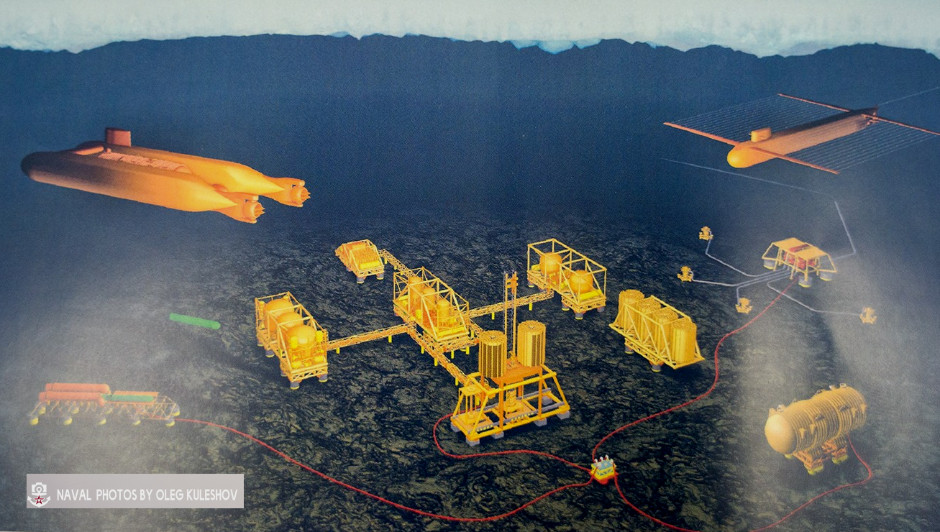
 An exhibition in Arkhangelsk, Russia, called Arctic – Territory Dialogue (Арктика - территория диалога) reveals some of the proposed civilian applications for Russia’s deep sea engineering and Autonomous Nuclear Power Plants. Shipbuilder USC and famous design bureau Rubin showed models of a nuclear-powered under-ice oil or gas drilling platform called Iceberg. The submarines are of special interest, and the topic is related to naval projects under the icecap.
An exhibition in Arkhangelsk, Russia, called Arctic – Territory Dialogue (Арктика - территория диалога) reveals some of the proposed civilian applications for Russia’s deep sea engineering and Autonomous Nuclear Power Plants. Shipbuilder USC and famous design bureau Rubin showed models of a nuclear-powered under-ice oil or gas drilling platform called Iceberg. The submarines are of special interest, and the topic is related to naval projects under the icecap.
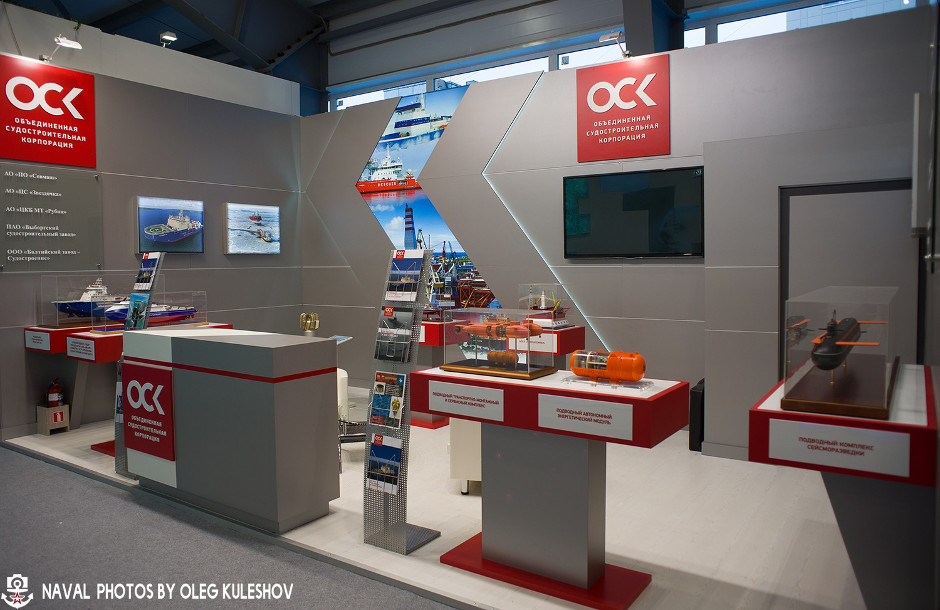
The Foundation for Advanced Studies's Iceberg project was funded by the Fund for Policy Studies from 2015 to 2017. The exhibition is likely due to the completion of the study.
There is an excellent report at dimmi-tomsk.livejournal (Russian language). The basis of this article is from that source, cross-referenced with my previous article Russia Seeks Advantage in Arctic and other Russian sources.
The ultimate book of Special Forces subs Covert Shores 2nd Edition is the ONLY world history of naval Special Forces, their missions and their specialist vehicles. SEALs, SBS, COMSUBIN, Sh-13, Spetsnaz, Kampfschwimmers, Commando Hubert, 4RR and many more.
Check it out on Amazon
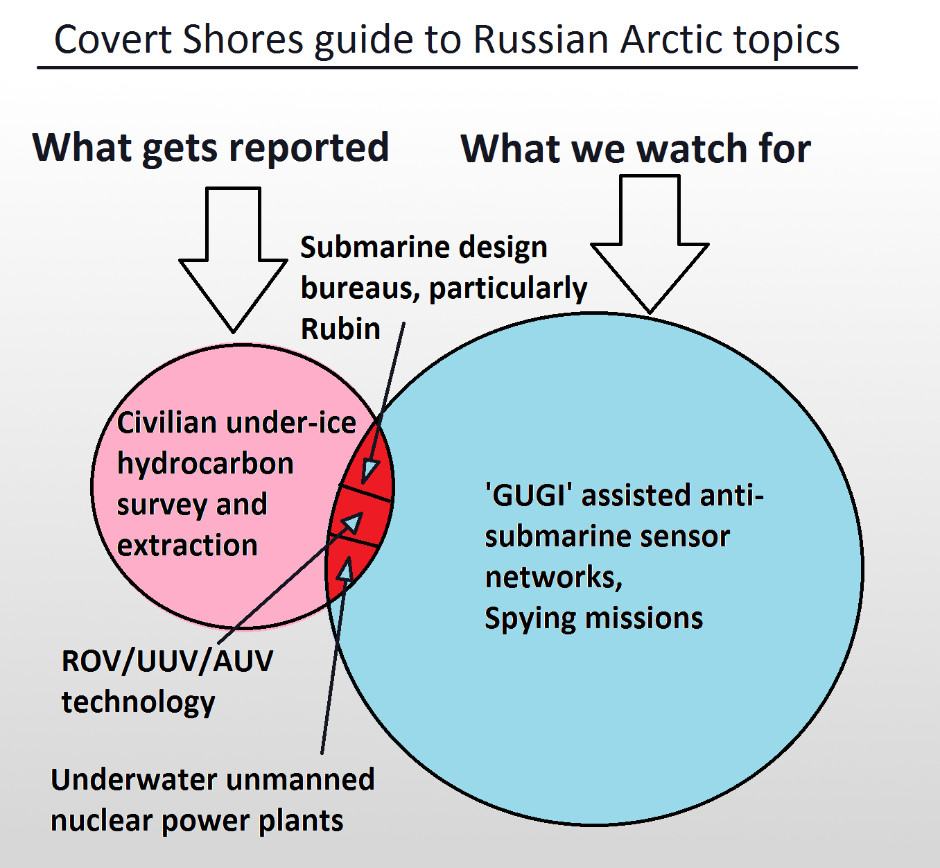
Underwater seismic complex (submarine)
One of two Rubin designed nuclear powered submarines featured is a large 16,500 ton boat with four large wings used for seismic surveys. It will be 135.5 meters (445 ft) long and 14.4 meters (47 ft) across, excluding wings. The wings fold into a semi-recessed position along the hulls when not in use. Two or more sensor cables are connected between each set of wings. The submarine will have a crew of 40 and an endurance of 90 days, and can operate down to 400m (1,300ft).
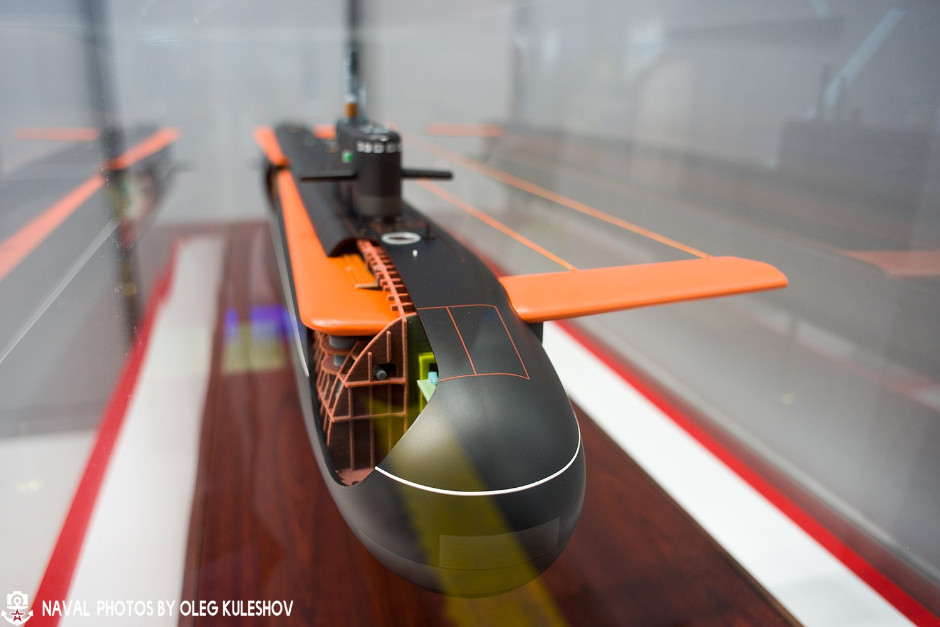
The object in a vertical hangar in the bow is an ROV, similar to the Western models used by Russia:

A series of cable spools is visible inside the hull:
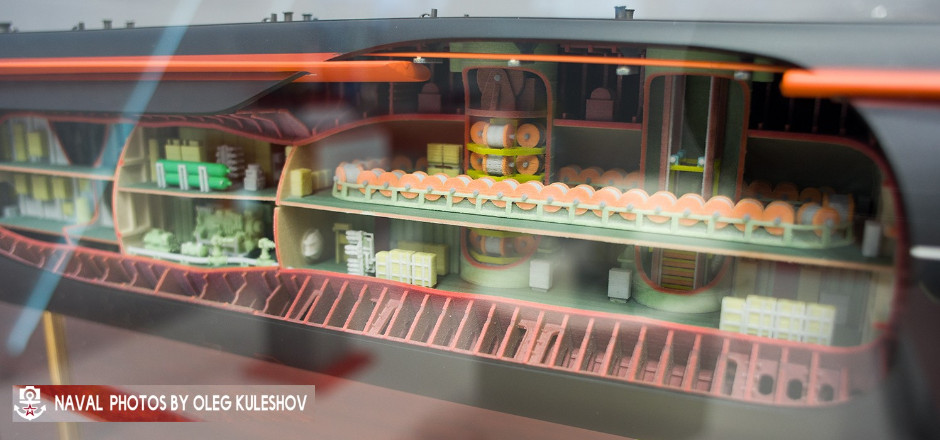
Twin-hull transport submarine
The other submarine is a unique twin-hulled design with seemingly identical hulls. There are several connecting structures between the hulls but it is unclear if personnel can move from one hull to the other. Large payloads are carried between the hulls.
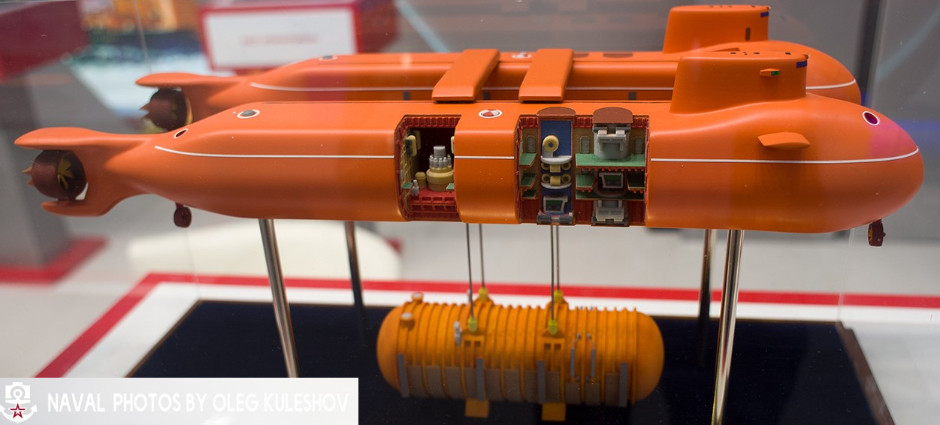
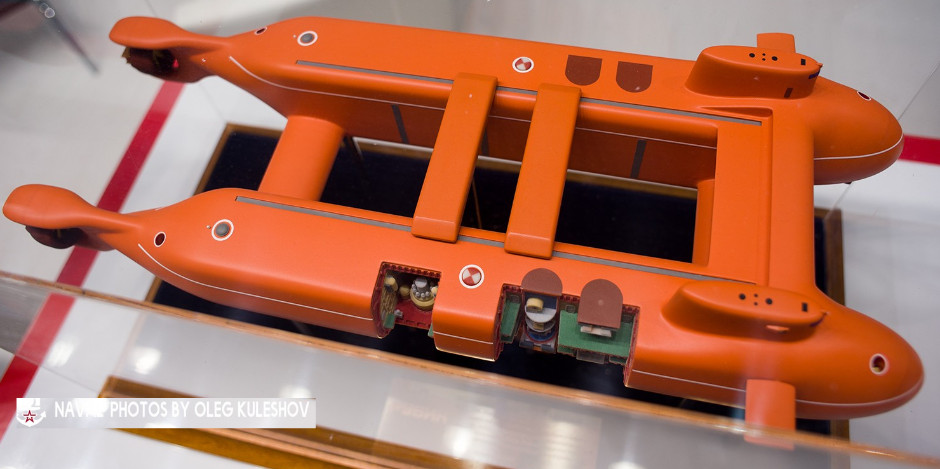
The large pod shown suspended beneath the submarine is an Underwater Uninhabited Nuclear Power Module.
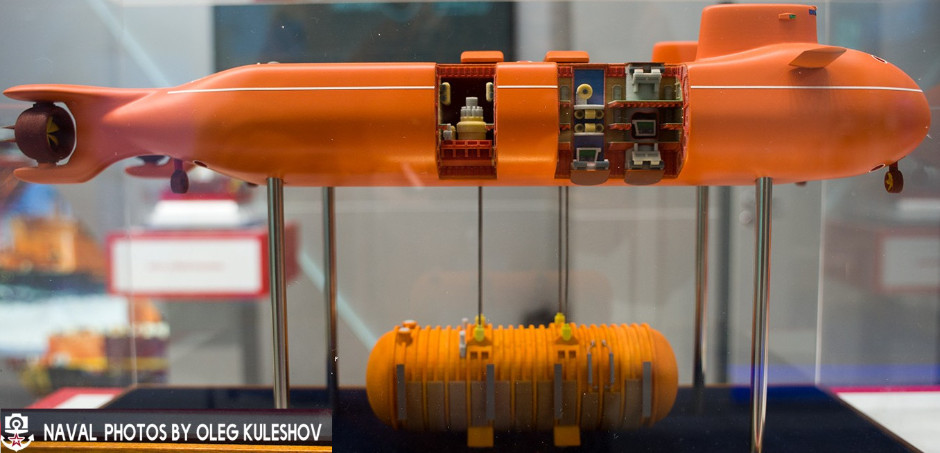
The design would be highly maneuverable to allow precision placement of the payload on the sea floor. For this is has twin steerable kort-nozzle screws plus four steerable thrusters under the hull and four vertical thrusters in the bow and stern.
Gidropress Underwater Autonomous Nuclear Reactor Plant
The 'Underwater Uninhabited Nuclear Power Modules' (ПНАЭМ = PNAE) model shown is the ’Gidropress’ (ГИДРОПРЕСС) from the OKBM design bureau. It is a scalable 10-50MW reactor which uses a lead-bismuth cooled fast reactor based on technology developed for the famous Project 705K ALFA Class submarine. The article states that it has a nominal electric module power of 24 MW and is capable of at least 8,000 hours continuous operation without the presence of humans or maintenance.
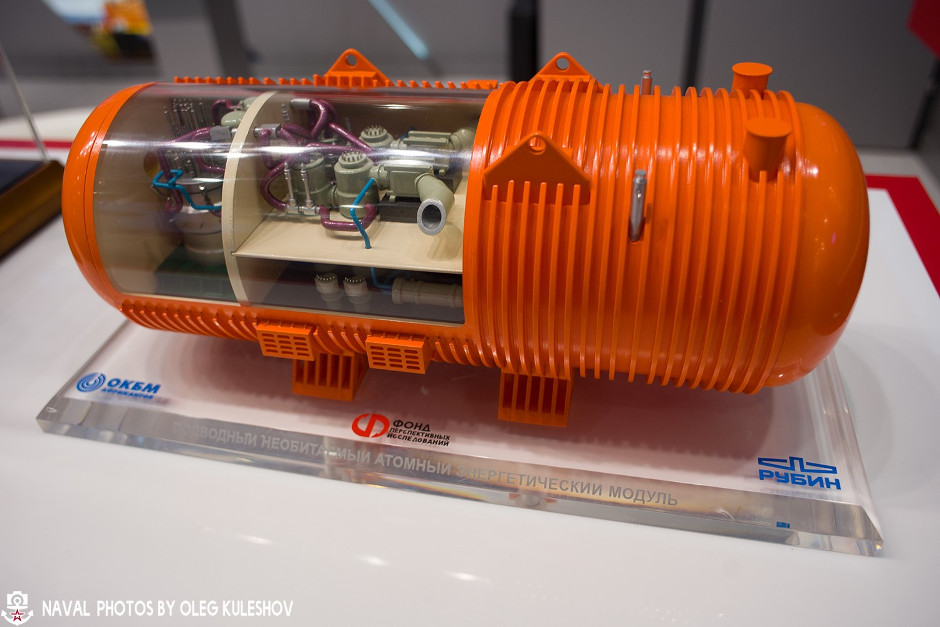
Related Articles

 USS Parche spy sub par-excellence
USS Parche spy sub par-excellence

 Soviet BS-64 Podmoskovye Special Mission (spy) Host Submarine
Soviet BS-64 Podmoskovye Special Mission (spy) Host Submarine

 Project 09852 Belgorod Special Mission submarine (spy sub)
Project 09852 Belgorod Special Mission submarine (spy sub)

 P.09851 KHABAROVSK and KANYON (Status-6)
P.09851 KHABAROVSK and KANYON (Status-6)

 Russian unbuilt spy submarine MPS
Russian unbuilt spy submarine MPS

 Russian Losharik spy sub
Russian Losharik spy sub

 Project 1910 UNIFORM Class deep diving spy sub
Project 1910 UNIFORM Class deep diving spy sub

 USS Halibut
USS Halibut

 USS Seawolf (SSN-575)
USS Seawolf (SSN-575)

 Russian X-RAY Class spy sub
Russian X-RAY Class spy sub

 Russian Sarov experimental sub
Russian Sarov experimental sub

 Yantar spy ship loitering over undersea cables
Yantar spy ship loitering over undersea cables
 Russia seeks submarine advantage in Arctic (SHELF system, GUGI special mission subs)
Russia seeks submarine advantage in Arctic (SHELF system, GUGI special mission subs)

